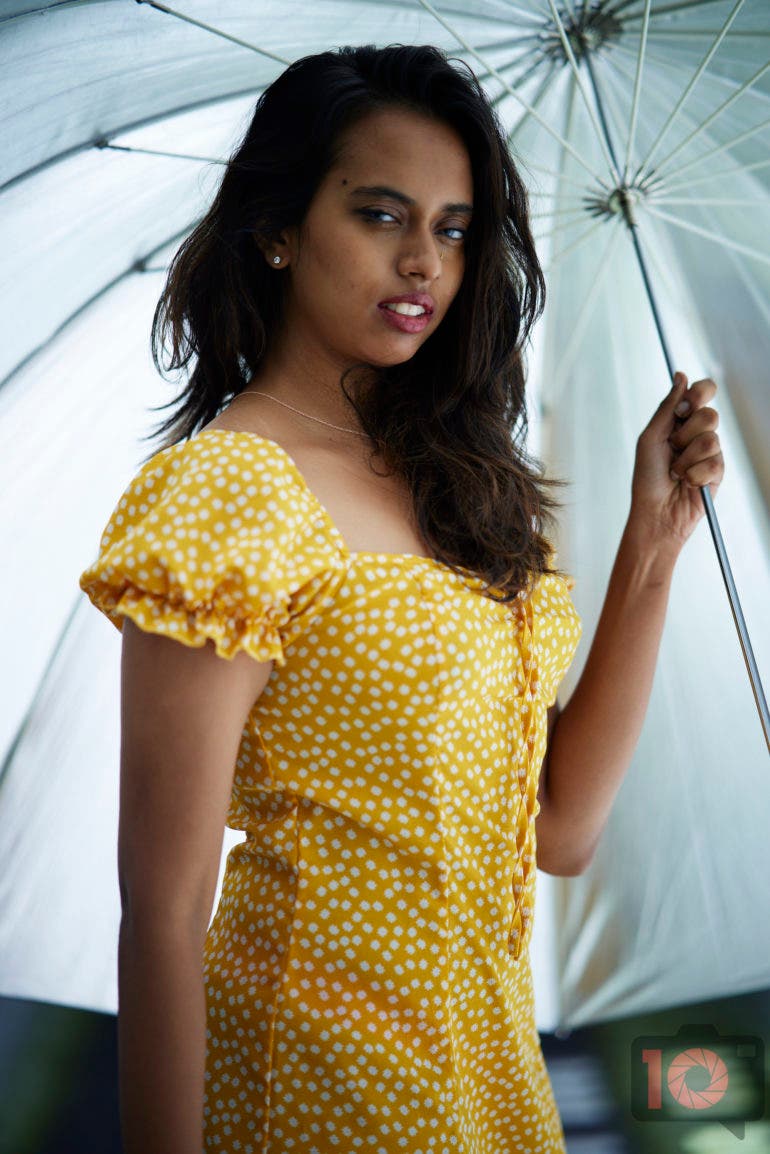The Best 85mm Lenses Under $700. We’ve Reviewed Each of These Too!
The 85mm lens is essential for landscape, portrait, and street photographers.
There aren’t many lenses that can as versatile as an 85mm lens. We learned a while back that it’s a great choice for basketball. And we’ve known for a while that it’s great for portrait photography. But 85mm lenses also help landscape photographers focus on specific details really well. And for street photography, it can make a cinematic-looking image. But you’re on a budget, so we dove into our Reviews Index to find some of the best 85mm lenses for under $700. Here are the best of the bunch.
The Phoblographer’s various product round-up features are done by our staff. Our philosophy is simple: you wouldn’t get a Wagyu beef steak review from a lifelong vegetarian. And you wouldn’t get photography advice from someone who doesn’t touch the product. We only recommend gear we’ve thoroughly reviewed. If you’re wondering why your favorite product didn’t make the cut, there’s a chance it’s on another list. If we haven’t reviewed it, we won’t recommend it. This method keeps our lists packed with industry-leading knowledge.
Tips on How to Make the Most of an 85mm Lens

The 85mm lens is great for portrait photography. Here’s how to get the best image quality from one:
- An 85mm is a great option for portrait photography, but your street photography will also look more cinematic.
- The best way to use an 85mm lens for portrait photography is to use eye-detection autofocus.
- Try to work with a set white balance rather than automatic: it will mean you’ll edit a lot less.
- Some 85mm lenses are sharper than others. For what it’s worth, some folks don’t like seeing their pores.
- You still need light. Give your subjects some frontal lighting with off-camera lights. That’s the only way you’ll see the details.
- If you want lens flare, then remove your lens hood. Point your lens at a light source, and shoot.
Sony 85mm f1.8 FE: One of the Best 85mm Lenses
In our review, we state:
“Images from the Sony 85mm f1.8 FE are beautiful in many ways. This lens offers very sharp image quality though arguably more muted than what Sony users are used to. Sony’s 85mm f1.4 G Master is the most saturated, while the Batis follows after that, then the Loxia, and then the standard Sony FE. In a word, it’s pretty perfect for portrait shooters. And if you’re a fan of something like Kodak Portra film, this lens is for you.”
Samyang 85mm f1.4 RF: A Surprising Choice
In our review, we state:
“95% of the time, the Samyang 85mm f1.4 RF is a godsend to the Canon RF system. It focuses quickly and accurately. Canon’s face and eye detection are fantastic. And luckily, this lens utilizes it very well. It works in high contrast situations and even in low light. Personally speaking, it just means that you can keep shooting with a model over and over again. The flow of a shoot becomes more normalized. This is in contrast to Samyang’s manual focus lenses. I like the autofocus lenses from Samyang so much more. They somehow still retain their character and accuracy. Any problems that we found are the same that you’d get with any other camera system.”
Tamron 85mm f1.8 Di VC USD: The Most Vivid
In our review, we state:
“For what it’s worth, the Tamron 85mm f1.8 Di VC USD wipes the floor with everyone else’s lenses except for the newest offerings from Zeiss. It doesn’t have micro-contrast but instead, it has a couple of things that have made me change my editing workflow. I generally don’t need to do anywhere as much of a clarity increase and instead what I tend to do when working with this lens is work with the shadows and the individual color channels.”


